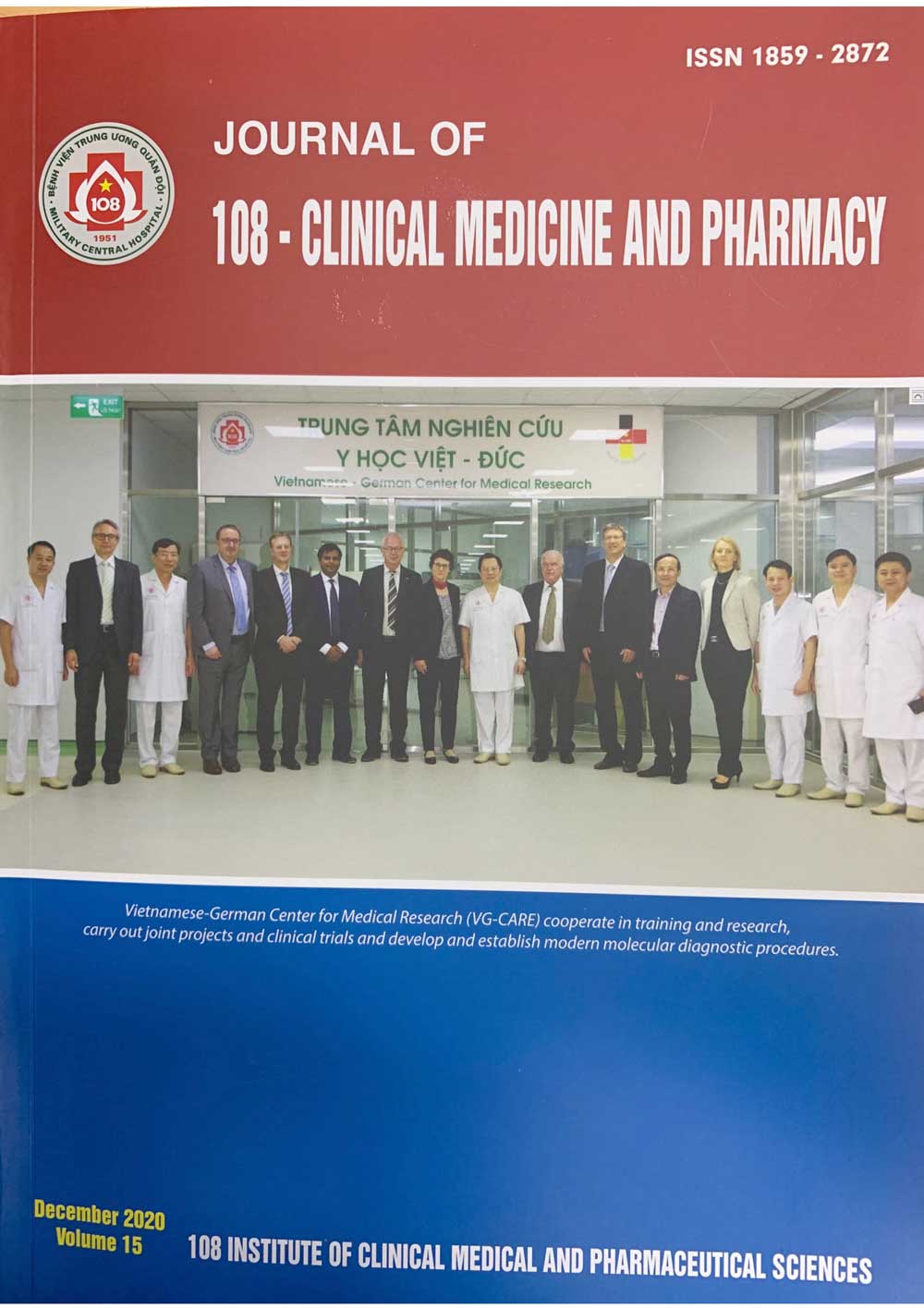An overview of applying virtual reality intervention to improve functional outcomes for post-stroke patients in rehabilitation
Main Article Content
Keywords
Abstract
Post-stroke patients may have to experience a wide range of impairments or deficits such as movement dysfunction or cognitive impairments that require early rehabilitation management to get better recovery. The rapid development in technology facilitates for many aspects in medicine and rehabilitation. In recent years, virtual reality intervention has been a novel therapy improving functional outcomes among post-stroke patients (Lee, Park, & Park, 2019). Specifically, virtual reality technology has created a life-like environment to stimulate physical activities that may encourage stroke survivors to take part in activities willingly through interaction in virtual environment which is quite similar with the real world (Kizony, Levin, Hughey, Perez, & Fung, 2010). This overview is going to analyse the effectiveness of virtual reality intervention in improving functional outcomes for post-stroke patients and give some recommendations in clinical practice.
Article Details
References
2. Brunner I, Skouen JS, Hofstad H, Aßmus J, Becker F, Sanders AM, Verheyden G (2017) Virtual reality training for upper extremity in subacute stroke (VIRTUES): A multicenter RCT. Neurology 89(24): 2413-2421.
3. Cho K, Yu J, Rhee H (2015) Risk factors related to falling in stroke patients: A cross-sectional study. Journal of Physical Therapy Science 27(6): 1751-1753.
4. Cho KH, Kim MK, Lee HJ, & Lee WH (2015) Virtual reality training with cognitive load improves walking function in chronic stroke patients. The Tohoku Journal of Experimental Medicine 236(4): 273-280.
5. Crosbie JH, Lennon S, McGoldrick MC, McNeill MDJ, & McDonough SM (2012) Virtual reality in the rehabilitation of the arm after hemiplegic stroke: A randomized controlled pilot study. Clinical Rehabilitation 26(9): 798-806.
6. Fan SC, Su FC, Chen SS, Hou WH, Sun JS, Chen KH, Hsu SH (2014) Improved intrinsic motivation and muscle activation patterns in reaching task using virtual reality training for stroke rehabilitation: A pilot randomized control trial. Journal of Medical and Biological Engineering 34(4): 399-407.
7. Fishbein P, Hutzler Y, Ratmansky M, Treger I, & Dunsky A (2019) A preliminary study of dual-task training using virtual reality: Influence on walking and balance in chronic poststroke survivors. Journal of Stroke and Cerebrovascular Diseases 28(11): 104343.
8. Harris JE, Eng JJ, Marigold DS, Tokuno CD, & Louis CL (2005) Relationship of balance and mobility to fall incidence in people with chronic stroke. Physical Therapy 85(2): 150-158.
9. In T, Lee K, Song C (2016) Virtual reality reflection therapy improves balance and gait in patients with chronic stroke: Randomized controlled trials. Medical Science Monitor: International Medical Journal of Experimental and Clinical Research 22: 4046-4053.
10. Jung J, Yu J, & Kang H (2012) Effects of virtual reality treadmill training on balance and balance self-efficacy in stroke patients with a history of falling. Journal of Physical Therapy Science 24(11): 1133-1136.
11. Kim JH, Jang SH, Kim CS, Jung JH, & You JH (2009) Use of virtual reality to enhance balance and ambulation in chronic stroke: A double-blind, randomized controlled study. American Journal of Physical Medicine & Rehabilitation 88(9): 693-701.
12. Kiper P, Agostini M, Luque-Moreno C, Tonin P & Turolla A (2014) Reinforced feedback in virtual environment for rehabilitation of upper extremity dysfunction after stroke: Preliminary data from a randomized controlled trial. (Clinical Study)(Report). Biomed Res Int. 2014:752128..
13. Kiper P, Szczudlik A, Agostini M, Opara J, Nowobilski R, Ventura L, Turolla A (2018) Virtual Reality for upper limb rehabilitation in subacute and chronic stroke: A randomized controlled trial. Archives of Physical Medicine and Rehabilitation 99(5): 834-842.
14. Kizony R, Levin MF, Hughey L, Perez C, & Fung J (2010) Cognitive load and dual-task performance during locomotion poststroke: A feasibility study using a functional virtual environment. Physical Therapy 90(2): 252-260.
15. Lee HS, Park YJ, & Park SW (2019) The effects of virtual reality training on function in chronic stroke patients: A systematic review and meta-analysis. BioMed Research International 7595639.
15. Mekbib DB, Han J, Zhang L, Fang S, Jiang H, Zhu J, Xu D (2020) Virtual reality therapy for upper limb rehabilitation in patients with stroke: A meta-analysis of randomized clinical trials. Brain Injury 34(4): 456-465.
16. Moreira MC, Amorim Lima AM, Ferraz KM, & Benedetti Rodrigues MA (2013) Use of virtual reality in gait recovery among post stroke patients - a systematic literature review. Disability and Rehabilitation: Assistive Technology 8(5): 357-362.
17. Stucki G, Cieza A, Ewert T, Kostanjsek N, Chatterji S, & ÜstÜn TB (2002) Application of the international classification of functioning, disability and health (ICF) in clinical practice. Disability and rehabilitation 24(5): 281-282.
 ISSN: 1859 - 2872
ISSN: 1859 - 2872
